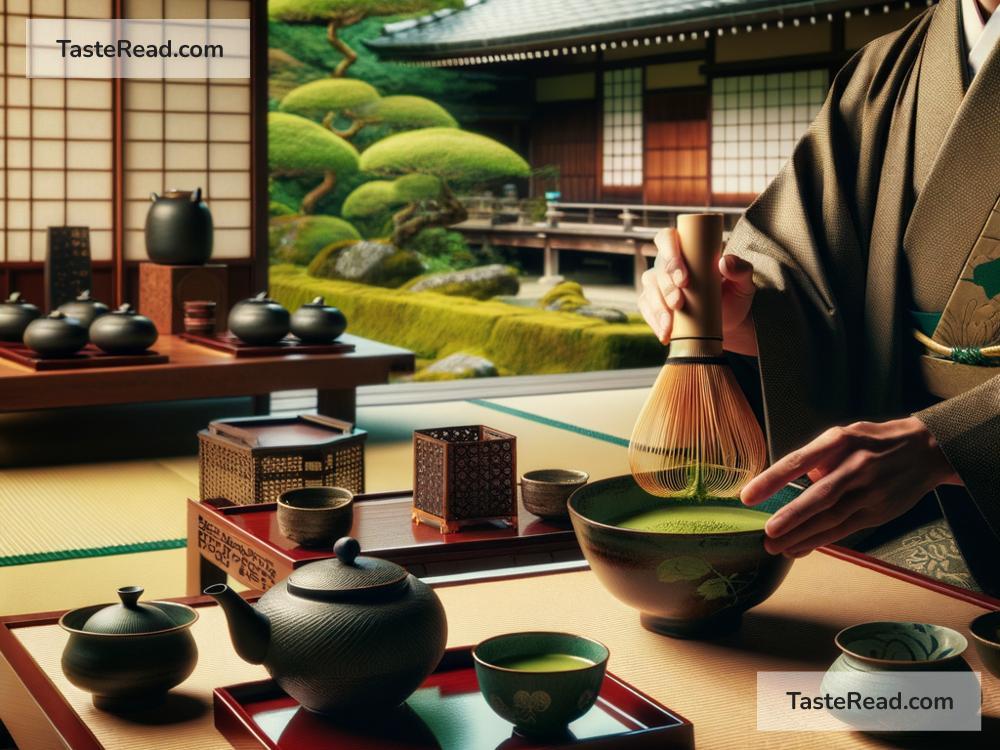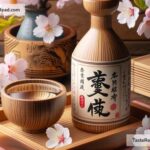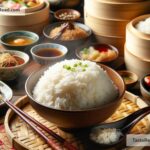The Cultural Significance of Japanese Tea Ceremonies
The Japanese tea ceremony, known as chanoyu or sado, is much more than simply drinking tea. It is one of Japan’s most beautiful and meaningful traditions, combining art, spirituality, and hospitality. People around the world admire this practice because it reflects Japanese values such as harmony, respect, and mindfulness. In this blog post, we’ll explore the cultural significance of tea ceremonies, their history, and why they continue to be important today.
What Is the Japanese Tea Ceremony?
The tea ceremony is a ritualized way of preparing and drinking tea, specifically powdered green tea called matcha. While it may seem simple – preparing tea to serve guests – the process is highly refined and follows specific rules. Every movement, tool, and action is intentional and meaningful.
During a tea ceremony, the host carefully prepares the tea in a serene environment. Guests are seated and enjoy the experience, focusing on the beauty of the surroundings, the taste of the tea, and the meaning behind each gesture. It’s not just about tea; it’s about creating a peaceful space where people can connect with one another and appreciate the present moment.
A Glimpse Into Its History
The origins of the tea ceremony go back to the 9th century, when tea was first introduced to Japan from China. At first, tea was mainly used by Buddhist monks to help them stay awake during meditation. Over time, tea drinking became more popular among aristocrats and samurai.
In the 15th century, the tea ceremony began to evolve into the art form we know today. A famous tea master named Murata Jukō introduced the idea of combining tea with Zen principles, emphasizing simplicity, mindfulness, and spiritual connection. Later, another master named Sen no Rikyū perfected the tea ceremony. He stressed the importance of humility, natural beauty, and harmony between people and nature.
Sen no Rikyū’s teachings are still followed today, making him one of the most important figures in the history of Japanese tea ceremonies.
The Four Key Principles of the Tea Ceremony
The tea ceremony is guided by four key principles: harmony (wa), respect (kei), purity (sei), and tranquility (jaku). Let’s look at these principles and their meanings:
-
Harmony (wa) – The ceremony celebrates harmony between people, nature, and objects. From the carefully chosen tea utensils to the seasonal decorations, everything is designed to fit together perfectly.
-
Respect (kei) – Respect is shown in many ways during the ceremony, such as bowing, offering tea with care, and valuing the feelings of others. It teaches us to appreciate each person’s presence and contributions.
-
Purity (sei) – Purity involves keeping the space clean and uncluttered, as well as preparing the tea with a pure heart. This principle reminds us to focus on the present moment and let go of distractions.
-
Tranquility (jaku) – The tea ceremony encourages a quiet and peaceful mind. It reminds participants to embrace simplicity rather than seek perfection or extravagance.
Tools and Setting
The tools used in the tea ceremony, called chadōgu, are not only functional but also artistic. They include items like the tea bowl (chawan), whisk (chasen), and cloth used for cleaning utensils (chakin). Each tool is chosen with care and reflects the host’s attention to detail.
The tea room is another essential part of the ceremony. It is designed to be simple and calming, often including elements of traditional Japanese aesthetics such as tatami mats, sliding doors, and a small alcove called a tokonoma, where decorations like a flower arrangement or scroll are displayed.
Nature also plays a big role in the tea ceremony. The host often incorporates seasonal themes into the event, such as serving tea in bowls with cherry blossom designs in spring or using cooler tones in summer.
Why Is It Culturally Significant?
The Japanese tea ceremony is more than just a traditional custom; it reflects core values of Japanese culture. It teaches people to be mindful, appreciate small moments, and treat others with kindness. These lessons remain relevant in modern life, where people often feel rushed and distracted.
The tea ceremony also ties together different aspects of art and nature. The utensils, the decorations, the preparation process, and the tea itself show how Japanese culture values beauty and craftsmanship. It’s not about expensive or flashy items – instead, it celebrates simple, handmade objects that have a quiet charm.
Furthermore, the tea ceremony creates opportunities for deep human connection. It’s not just about serving tea; it’s about creating a space where everyone feels welcome, respected, and at peace. This attitude of hospitality, known as omotenashi, is an important part of Japanese culture.
Modern-Day Relevance
Even in today’s fast-paced world, the tea ceremony remains meaningful. Many people take part in tea lessons to learn the art of preparing tea and to experience its calming effects. Tea ceremonies are also held during festivals, cultural events, and even in homes to bring people together. Internationally, they have gained popularity as a way to understand Japanese culture and practice mindfulness.
In a time when technology dominates our lives, the tea ceremony reminds us to slow down and focus on simple joys. It teaches us to be present, connect with others, and find beauty in simplicity – lessons that anyone, regardless of nationality or background, can appreciate.
Conclusion
The Japanese tea ceremony is not just about tea; it is a celebration of culture, art, and human connection. Its core principles of harmony, respect, purity, and tranquility inspire us to live with mindfulness and kindness. Whether you’re enjoying a traditional tea ceremony in Japan or simply learning about its values, it offers timeless lessons that can enrich your life. So next time you enjoy a cup of tea, take a moment to pause, savor the flavor, and reflect on the beauty around you – that’s the spirit of the Japanese tea ceremony.


